When do you first remember thinking of yourself as a designer/artist? How did you end up doing what you do today?
I think never, really. I come from a statistics background and my formal title at the New York Times is “Graphics Editor”. When I think of it in, like, simple speak, it could be called “Chart Maker”, which maybe sounds too derogatory for some, but I don’t think it is. I know it can be respected and it’s what I do.
What excites you about being a designer/artist? Why do you keep doing it?
I really like the work that we do. We get to respond and react to a lot of different things and there’s quite some conceptual thinking involved. When you can help to clarify something complicated, that’s a worthwhile endeavor and that’s the part that I think is the most fun.
What do you think is your most important skill, and why?
Sketching with data. The idea to make five hundred charts and then choose the best one. I’m really quick at making those five hundred charts and I think making stuff we throw away is my most important skill. Making stuff that doesn’t work and not being so attached to it that it’s disappointing to get rid of it.
Tell us about the community you're working in.
That’s mostly the Graphics Department at the New York Times, which is full of people who are good at different things; people who are excellent designers, people who are excellent programmers, people who are excellent at many other things. What I get out of that is the teamwork, the ability to work with other people which is super valuable.
Then, within the larger organization, it’s hundreds of journalists who have excellent reporting skills. Some people in the Graphics Department do as well, but the idea that people can surface interesting information and want to share that with the world, that kind of journalism community is where my work is grounded.
In what ways does working within a community influence your work?
It made me understand how important reporting is and how important good reporting is. That’s sort of an obvious thing, right? If you don’t have content you can’t make anything. But I think there’s a fundamental difference between things that matter and things that are just amusing or whatever. The impact of solid reporting and how much work solid reporting actually is has become really clear to me from the New York Times.
What role does collaboration with others play for your projects?
It’s largely an inspirational role, as we don’t really formally collaborate often with very many people. We collaborate often with sources, but they tend to be subject matter experts and not necessarily design experts. There’s a lot of collaboration within the New York Times, but I don’t know that so much, other than being inspired by work that we see, and being encouraged by people who are doing interesting things.
What do you wish to achieve with your work?
Our department motto – if we have one – is “clear and compelling.” What that can mean varies in a lot of different situations. Some days the goal is just to find the right data. Some days that goal is more ambitious, like “Can I change people’s thinking about this?” or “Can I do something interesting?”
It’s not useful to people to pick up a newspaper and have it be filled with things that they already know, right? It’s not advocacy, it’s more like, “Can I introduce you to new things?” or “Can I cause you to think about old things in a different way?” or “Can I give you a sense of scale about something?” I mean, informing people is our real, primary goal. It’s no fun for a reader to be like, “Yes, I know this. Yes, I know this,” flip the page. So, I think that maybe it’s not to change thinking so much as it’s presenting new knowledge or new information or new ways of looking at things.
What do you think you can actually achieve with your work, where are the limitations?
We certainly have readers who react in different ways. The pinnacle of journalism, when people apply for their Pulitzer prizes, has a section about “How did this matter to the world?” It’s not something like that in the Graphics Department. I don’t think we’ve reached that yet regularly, but I think to aspire to the idea that if we print a million copies of this that it might affect someone’s life. I think that’s a reasonable idea.
I don’t have a good case study, but I trust that our visualizations in some ways make people aware of things that they were not otherwise aware of. You can see that from reader comments and from how they share our articles. I’ve been through phases where I checked those comments regularly, like two or three month periods where I was just addicted to them and read all of them. Sometimes they’re not the most well-intentioned and you have to filter that out, but often they’re thoughtful.
How has your work changed over the years? How did your goals change?
At one point – I call it my impressionist phase –, I was really interested in making things abstract but interesting and beautiful. And then I had a “curves are fun” phase for a while where I was really into curved things. And then I had an “intentional simplicity” phase for a while, like, how stripped down can you make something and have it still be interesting? I don’t know what my current phase is, but it’s kind of an “aspirational reporting” phase. I’m not that great of a reporter yet, but I'm thinking a lot about how we can stop using the same information that’s already on the Internet and just remix that. I want to start working with more, deeper information, information that’s harder to surface.
There have been different phases in my career and also different goals. When you have to respond to breaking news it’s very different from when you’re working on the feature story or when you’re working in the Sunday styles section, which is certainly not the same as the foreign section. So, that sort of topical variety certainly changes and influences me as well.
If you had the chance to tackle a really big problem our society is confronted with, what would it be?
It’s an interesting question for us because – in certain ways – we do have that chance, right? We’re an international newspaper. You can largely work on whatever you want to. And so I think the problem that I’d like to tackle would be something not obvious but important. At the same time, I don’t quite know what that is. Important in the way that budget debates are important or health care debates are important, but something that is not obvious at the same time. That would be my ideal project, but I don’t have a precise definition about what that is.

